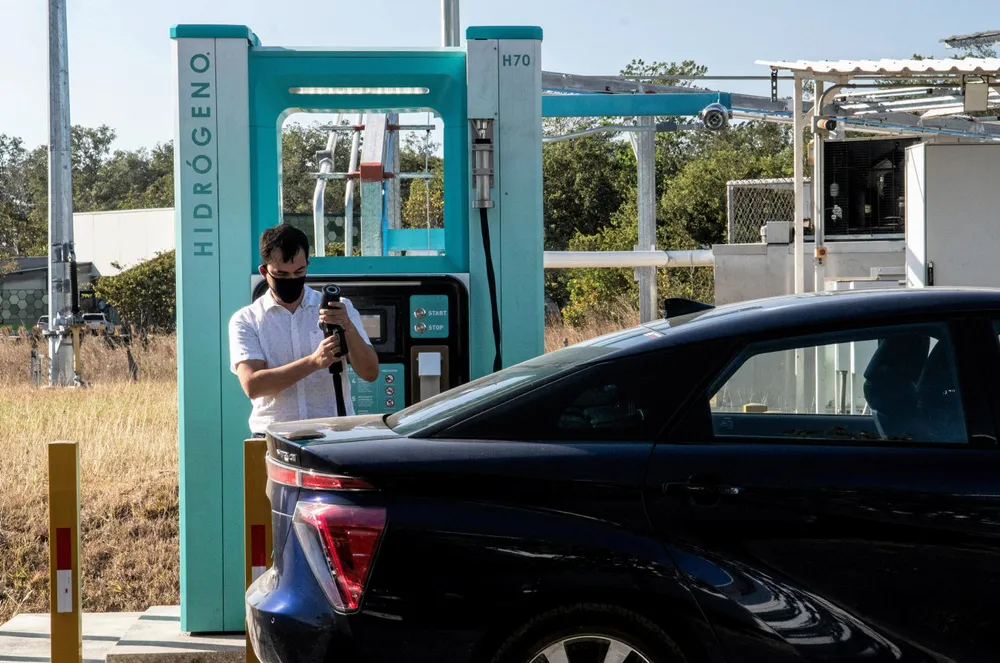The number of hydrogen fuel-cell vehicles on the world's roads grew by 40% in 2022, says IEA report
But the figures pale into insignificance compared to battery electric and plug-in hybrid vehicles

But the figures pale into insignificance compared to battery electric and plug-in hybrid vehicles
